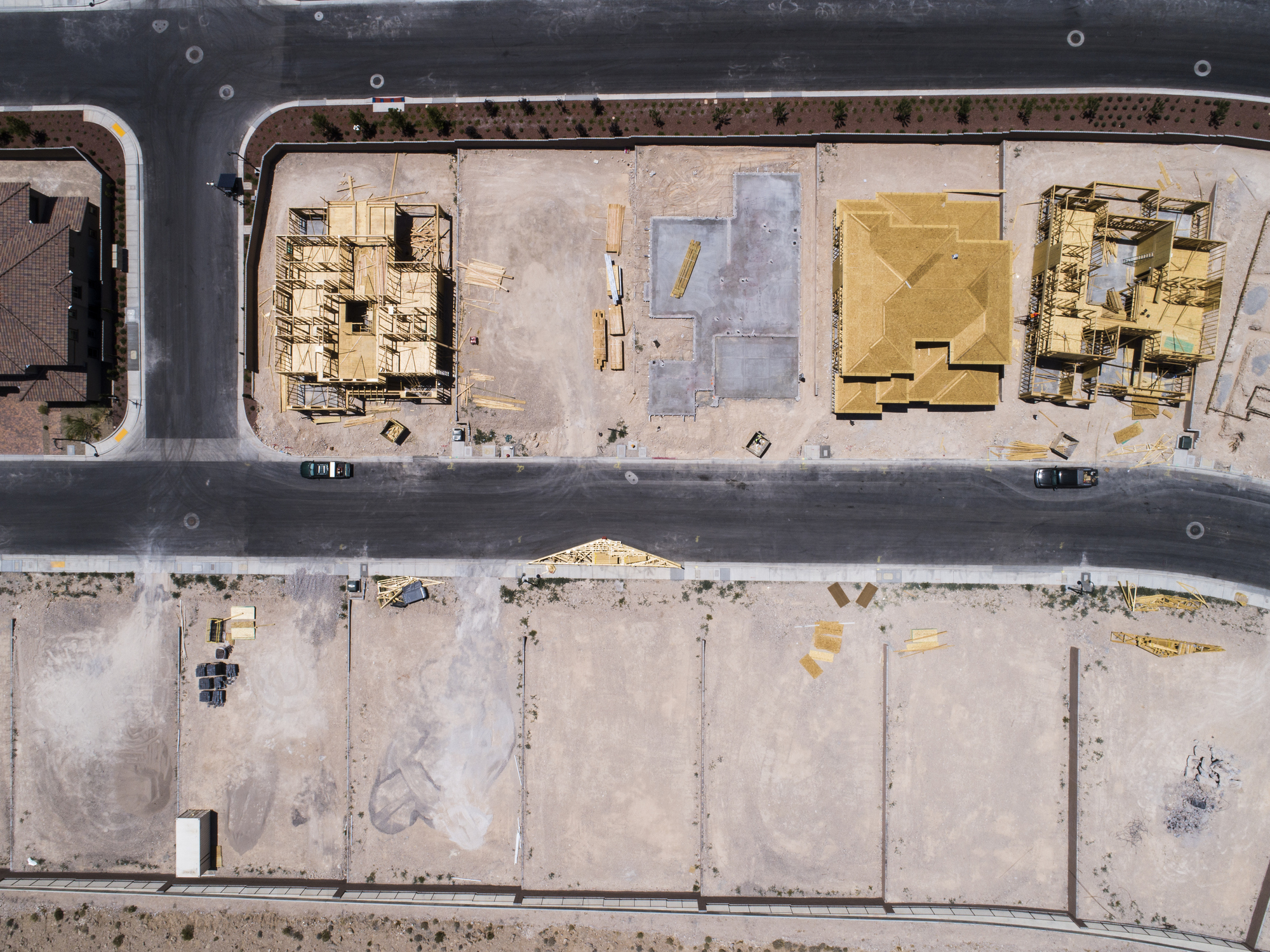
- A new study from Dodge Data & Analytics and Sevan Multi-Site Solutions found that owners and contractors don’t see eye to eye about key factors of how a successful multi-site construction campaign plays out, though a positive relationship stemmed from solid communication is the single most important factor. A multi-site project entails an owner orchestrating work at several or even hundreds of its locations under a single contract.
- The “Challenges and Opportunities in Multi-Site Construction SmartMarket Insight” survey posed questions to both owners and contractors across nine areas. More than 70% of contractors and owners agree that a good relationship drives desired outcomes on these projects, but there are also some major disconnects between the two stakeholder groups. For instance, 56% of owners believe they know what makes their projects attractive to bidders, but only 16% of contractors agreed with that statement.
- The authors of the report said that the purpose of the survey was not to call out either side — owner or contractor — but to facilitate early, clear communication between the two and help them understand each other’s perspectives.
Dodge and Sevan called multi-site construction an “often-overlooked” niche, even though it can generate a great deal of work. A big box store owner that replaces signage, for instance, or makes other improvements or expansions at all of its retail locations as part of a concerted campaign, is an example of a multi-site construction program.
Along with mismatched perceptions on what makes a project enticing, though, there are impediments to a truly collaborative relationship between owners and contractors.
- 92% of owners surveyed believe that that they often form and maintain long-term partnerships with contractors, compared to the 35% of contractors that agree to that assertion.
- 52% of owners think they are on top of evolving permit requirements versus the 21% of contractors that believe that to be true.
- 19% of contractors believe that owners consistently keep them up to speed on their future project plans, while 76% of owners think they’re doing a great job in communicating their plans. As a side note, most owners reported that when they do hold back information about future work, it’s because the details might change. Most contractors, however, think the withholding of details is related to owners’ concerns about confidentiality.
There are also areas of the survey where contractors and owners are indeed on the same page. For instance, most owners and contractors agree that early collaboration has a positive impact on the quality of completed work, safety and clarity of scope, as well as adherence to the schedule and budget.
Construction industry players have long been singing the praises of early collaboration, be it through design-build, integrated project delivery or other similar project delivery methods. One of the primary goals is to identify any potential constructability issues, design clashes or other possible areas of disagreement as soon as possible, therefore reducing the chance of time-consuming and costly change orders.
However, design-bid-build, when contractors bid according to a complete and final set of construction documents, is still one of the most popular project delivery methods, traditionally leaving little room for collaboration before the final design is issued.
Source: Construction Dive







